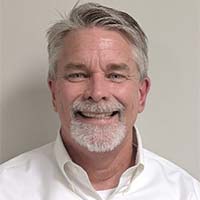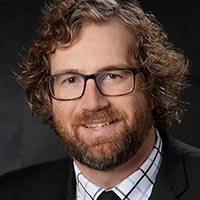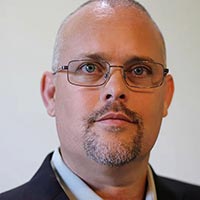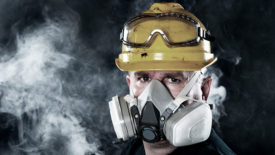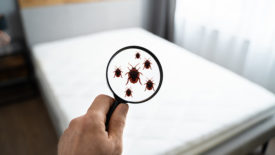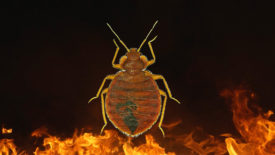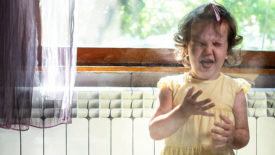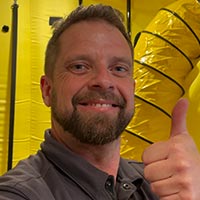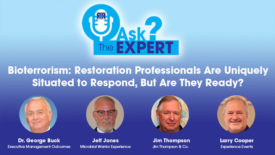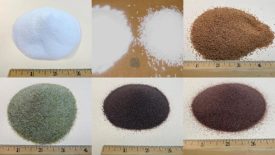Contamination Restoration & Remediation
Coverage of the people, tools and techniques related to forensic restoration, cleaning and disinfection, and specialty remediation services. Insights on biohazard cleanup, infectious disease control, crime scene cleanup, bedbug removal, hoarding cleanup, drug decontamination, asbestos removal, lead abatement, indoor air quality and more.
ARTICLES
Responding to Bioterrorism: Are Restoration Professionals Ready?
Ask the Expert
March 22, 2022
EVENTS
Industry
7/19/22 to 7/22/22
Restoration Technical Institute
1145 Commons Blvd.
Reading, PA
United States
Contact: Rebecca Burkert
IICRC - Applied Microbial Remediation Technician (AMRT) - In Person: Destry Ransdell
Industry
9/12/22 to 9/16/22
Restoration Technical Institute
1145 Commons Blvd.
Reading, PA
United States
Contact: Rebecca Burkert
IICRC - Water Restoration Technician (WRT) / Applied Structural Drying (ASD) COMBO - In Person: Destry Ransdell
Industry
10/18/22 to 10/21/22
Restoration Technical Institute
1145 Commons Blvd.
Reading, PA
United States
Contact: Rebecca Burkert
IICRC - Applied Microbial Remediation Technician (AMRT) - In Person: Destry Ransdell
Get our new eMagazine delivered to your inbox every month.
Stay in the know on the latest disaster restoration and remediation trends.
SUBSCRIBE TODAY!Copyright ©2022. All Rights Reserved BNP Media.
Design, CMS, Hosting & Web Development :: ePublishing

